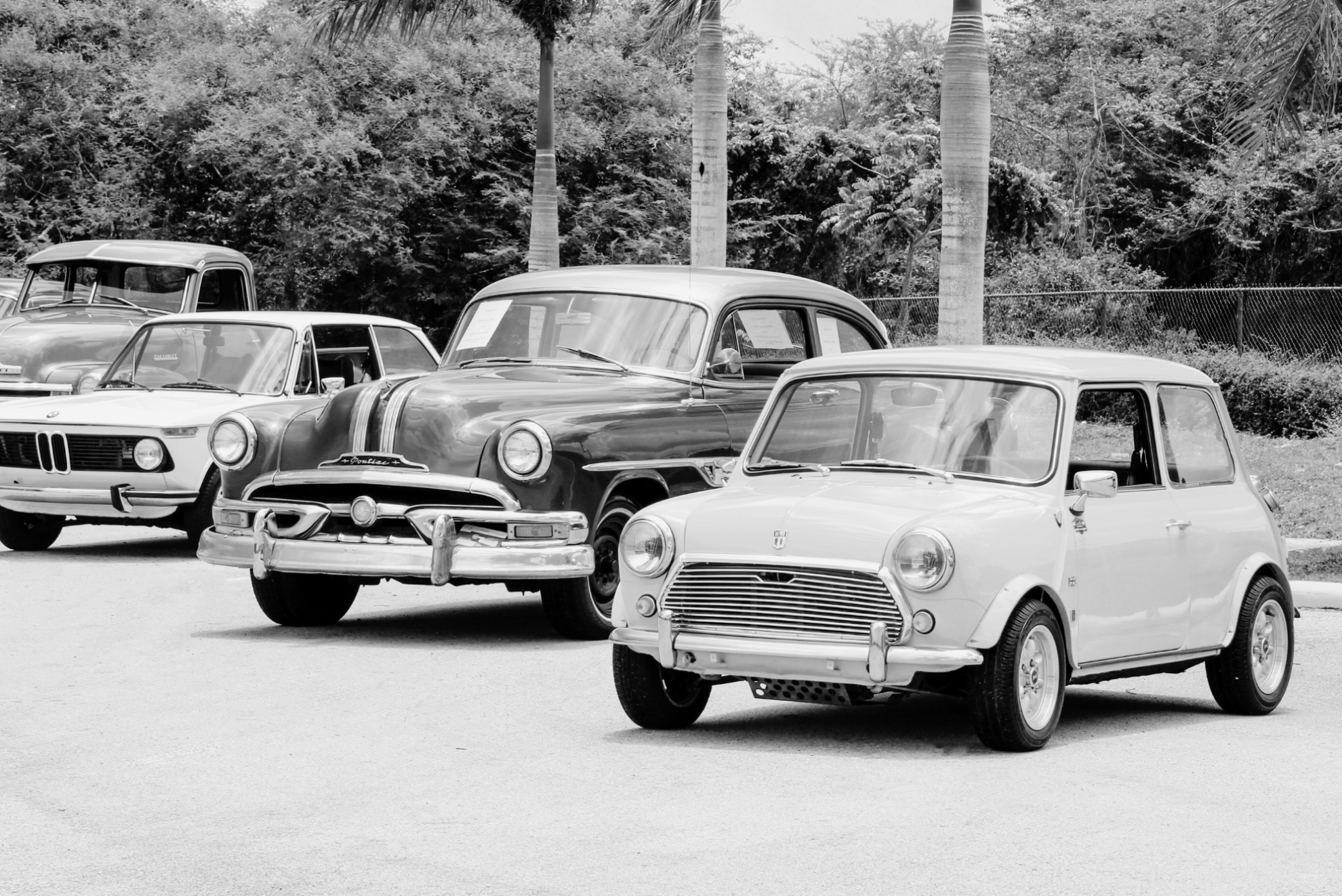News

Inheriting assets other than a home
September 11, 2024
Most people know that if they inherit a home and it is sold within two years of the deceased’s death, then they won’t pay any capital gains tax (CGT) on it. And there are other ways an inherited home can be sold CGT-free.
But what about other inherited assets – such as a car, shares, vacant land – or even jewellery or artwork.
Well, for a start there is no CGT-free exemption for these assets if they are later sold by the beneficiary who inherits them (or if they are sold by the executor in the course of the administration of the estate).
However, some such assets will be exempt from CGT on any later sale because they are an asset that is not subject to CGT in the first place. Typically, this will include an ordinary car – or even a vintage car.
Otherwise, most inherited assets other than “purely personal” assets (such as ordinary books, furniture and clothing, etc) will be subject to CGT on any later sale. And this includes assets that the deceased may have acquired before 20 September 1985 which would not have been subject to CGT if they had been sold during the deceased’s lifetime.
Nevertheless, where a person is subject to CGT on an inherited asset, they will be deemed to have acquired it for the same cost that the deceased paid for the asset – in the case of assets that the deceased acquired after 20 September 1985. This means they will calculate any capital gain or capital loss by reference to that “deemed” cost.
On the other hand, if the deceased acquired the asset before that date they will get a cost equal to the asset’s market value at the date of death of the deceased – which usually means that there will be less CGT to pay on any sale of the asset.
In either case, the beneficiary gets the advantage of getting a “deemed cost base” for the asset for the purposes of calculating any CGT for an asset they acquire without having to pay anything for!
Furthermore, in the case of assets that the deceased acquired after 20 September 1985, if the combined period of ownership of the asset by the deceased and you as the beneficiary (plus the period when it was held by the executor) is greater than 12 months, then any capital gain you make is also usually entitled to the 50% discount to assess only half of the gain.
But if the deceased acquired the asset before that date, then the asset must have been owned by you (and the executor if relevant) for at least 12 months to be eligible for the CGT discount.
In the case of inherited shares, it will be necessary to work out the specific cost base of every share – and this may be difficult if there have been shares acquired under a dividend reinvestment plan or share splits or amalgamations, etc on any restructure of the company.
It should also be noted that while “purely personal” assets (eg, books, furniture, etc) won’t be subject to CGT on any later sale by a beneficiary (because like cars, they are generally exempt from CGT) there is a special category of personal assets known as “collectables” which are subject to CGT during the lifetime of the deceased and in the hand of the beneficiary.
And these collectibles include such things as artwork, jewellery, antiques and coins or medallions.
But the key thing is that they retain their character as “collectibles” in the hands of someone who inherits – and therefore the special rules that apply to them also applies to a beneficiary who inherits them. For example, they have their own special rules to determine their cost in the hands of the original owner – which carries over to a beneficiary who inherits them.
Whether a person who inherits a “collectible” pays any attention to these rules (or even knows of their existence) is another matter. And the sale of a collectible is a hard thing for the ATO to chase up – as opposed to land.
But suffice to say, these CGT rules exist – and they are the law of the land.
Finally, if a beneficiary is a foreign resident of Australia for tax purposes and they inherit assets from a deceased person who was an Australian resident, then different rules will apply.
Essentially, the deceased person will be deemed to have sold the assets just before their death and will be liable for CGT themselves in their final tax return. However, this rule is subject to important exceptions – such as for inherited land in Australia.
So, dealing with inheritance of assets is not a straightforward matter. But it also affords the opportunity to plan and time things so as to reduce any potential exposure to CGT.
And, we are to help in any stage of the process.

